Only a short post this week – covering my visit to the Zig Zag Railway. This lines follows the path of the original railway line that crossed the Blue Mountains on its way to Bathurst. In order to make the steep descent from the top of the mountains down into the valley, the engineers came up with an ingenious solution. Instead of developing a long and complex path that gradually dropped down to the valley level in a continuous line of track, they developed the Zig Zag.
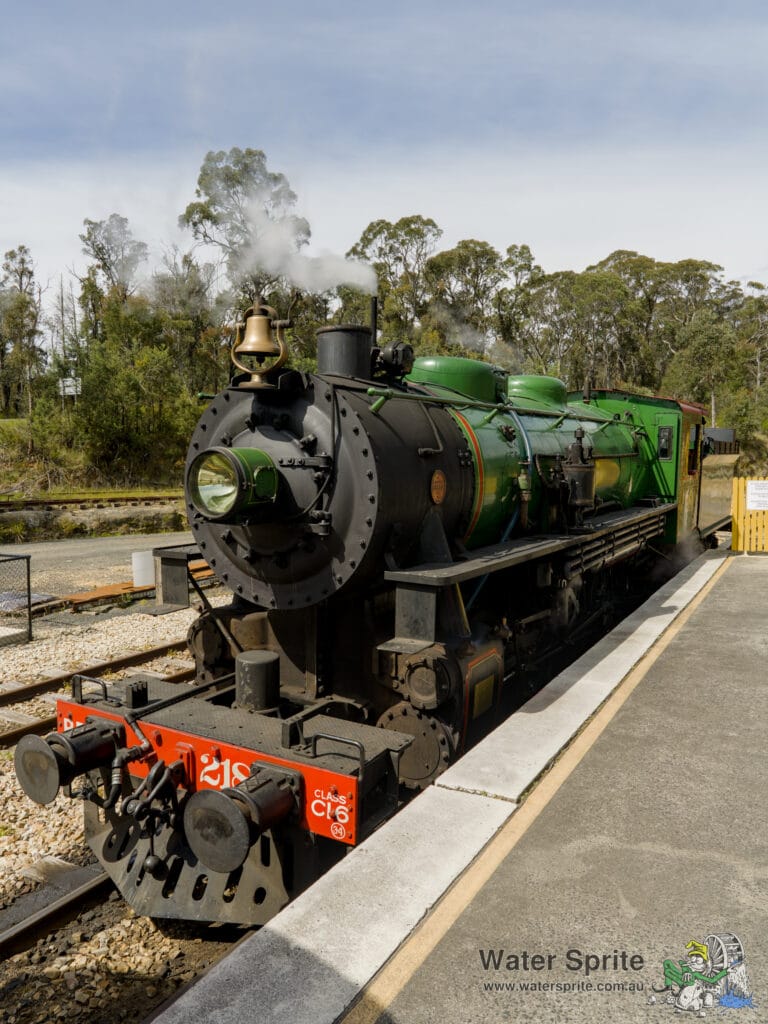
Sony A7Rv with Sony FE 24 – 70mm F2.8 GM II lens @ 24mm. 1/40s, f/14.0, 100 ISO.
Design
The trains went down the top arm of the Z to what is called “Top Points”, where the engine disconnected and would run around the train. Traveling in the reverse direction, the train then went down the middle arm of the Z. At Bottom Points, the engine would again disconnect and run around the train and, travelling in the original direction again, it would continue down the bottom arm of the Z on its way to Lithgow and Bathurst. Going up, it would do the reverse.
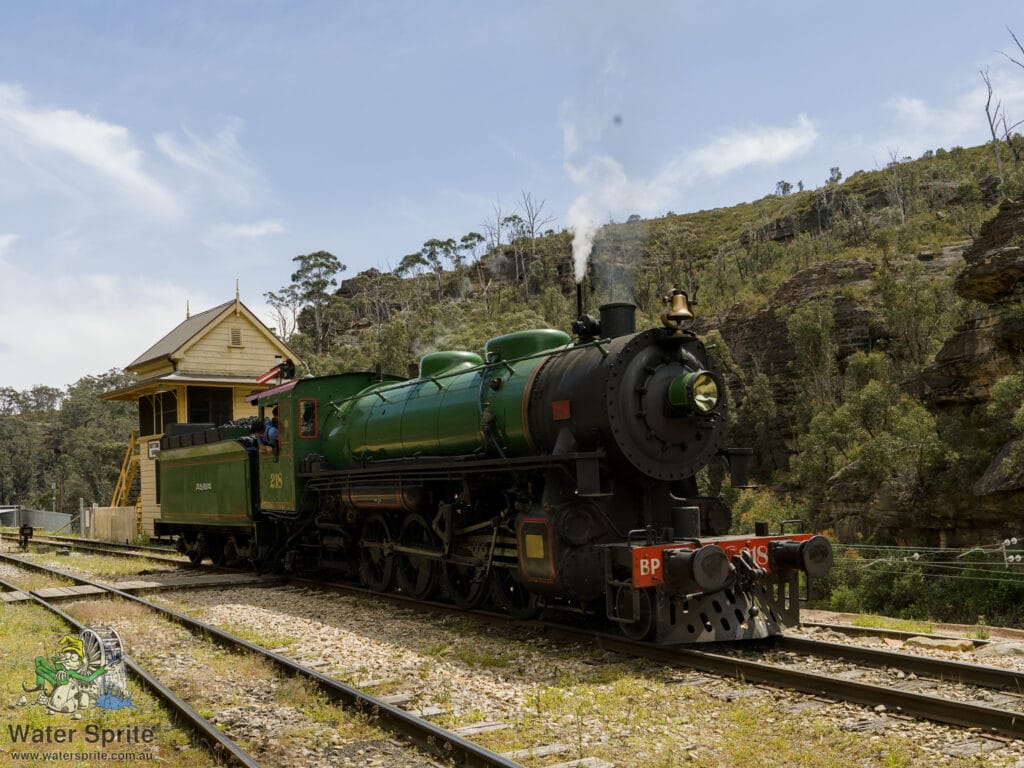
Sony A7Rv with Sony FE 24 – 70mm F2.8 GM II lens @ 27mm. 1/400s, f/14.0, 100 ISO.
A Bottleneck
As rail traffic increased, the Zig Zag became a major bottleneck. It had only a single track that couldn’t be duplicated. Trains faced extra delays at Top Points and Bottom Points, where the engine had to disconnect and move around. Limited space at these points also restricted train sizes. By 1900, it was clear a faster route was needed. The “10 tunnel deviation” (named for its 10 tunnels) opened in 1910, replacing the old Zig Zag, which was then abandoned.
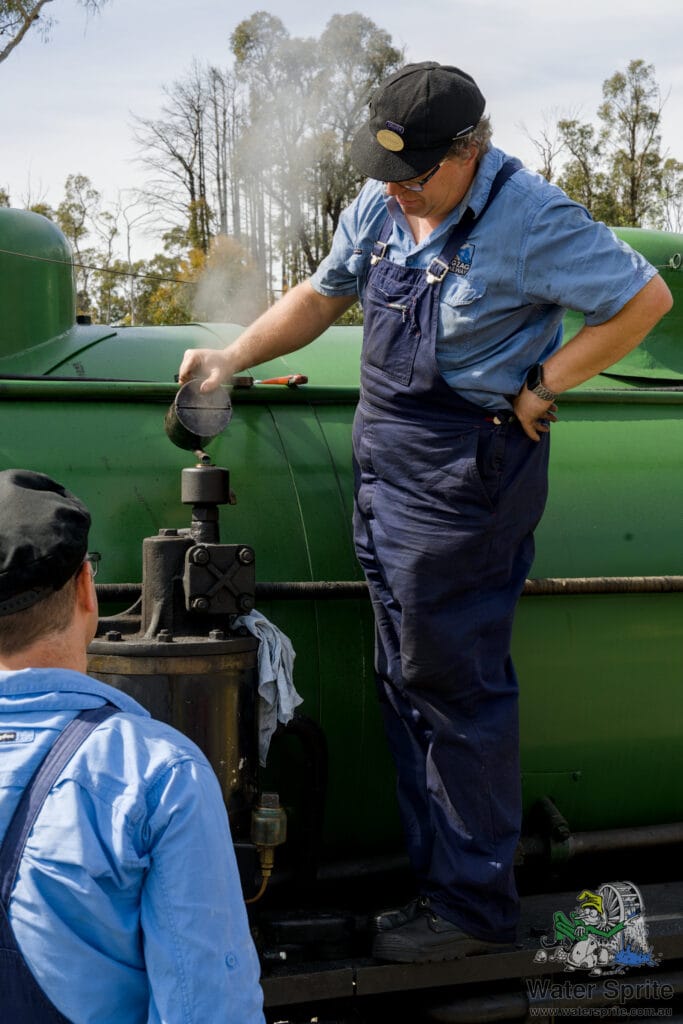
Sony A7Rv with Sony FE 24 – 70mm F2.8 GM II lens @ 60mm. 1/60s, f/14.0, 160 ISO.
A bit of history
There’s an interesting historical story about Top Points, supported by old photographs in various museums. Originally, the track didn’t curve left as it does now. In my photo of an engine doing the run-around at Top Points, you can see a power pole at the end of the platform on the right. From what I understand, the original tracks ran straight and ended roughly where that pole stands. Beyond that point, there’s a steep drop into a gully.
One fateful night, a train failed to stop in time. It crashed through the buffer, and ended up with its front end hanging over the cliff. To prevent this from happening again, workers carved a new track layout into the rock. The track now curves into a sheer cliff face. This change effectively stopped future incidents, though it’s unclear whether the extra track length or the risk of crashing into solid rock made drivers more careful.
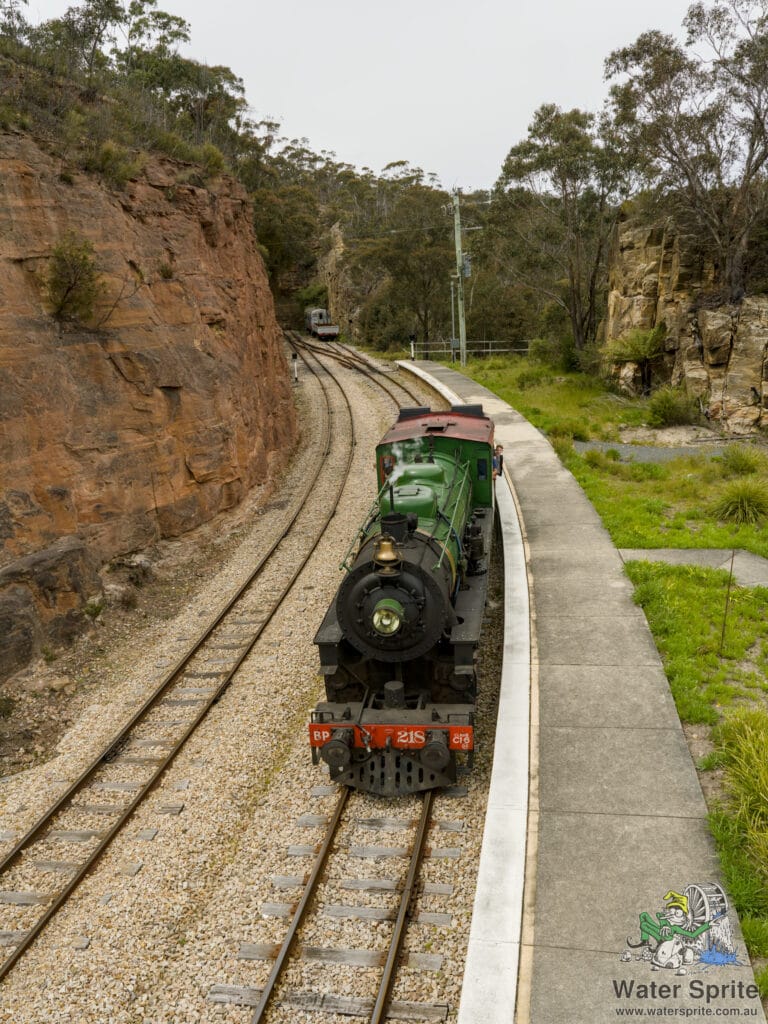
Sony A7Rv with Sony FE 24 – 70mm F2.8 GM II lens @ 27mm. 1/160s, f/14.0, 100 ISO.
The Tourist train service
Tourist trains can access only two arms of the Zig Zag. The bottom part of the Z was repurposed for the “10 tunnel deviation.” That section is still part of the Western mainline in the NSW rail network. You must take an inter-urban train from the Blue Mountains to Lithgow to travel on it.
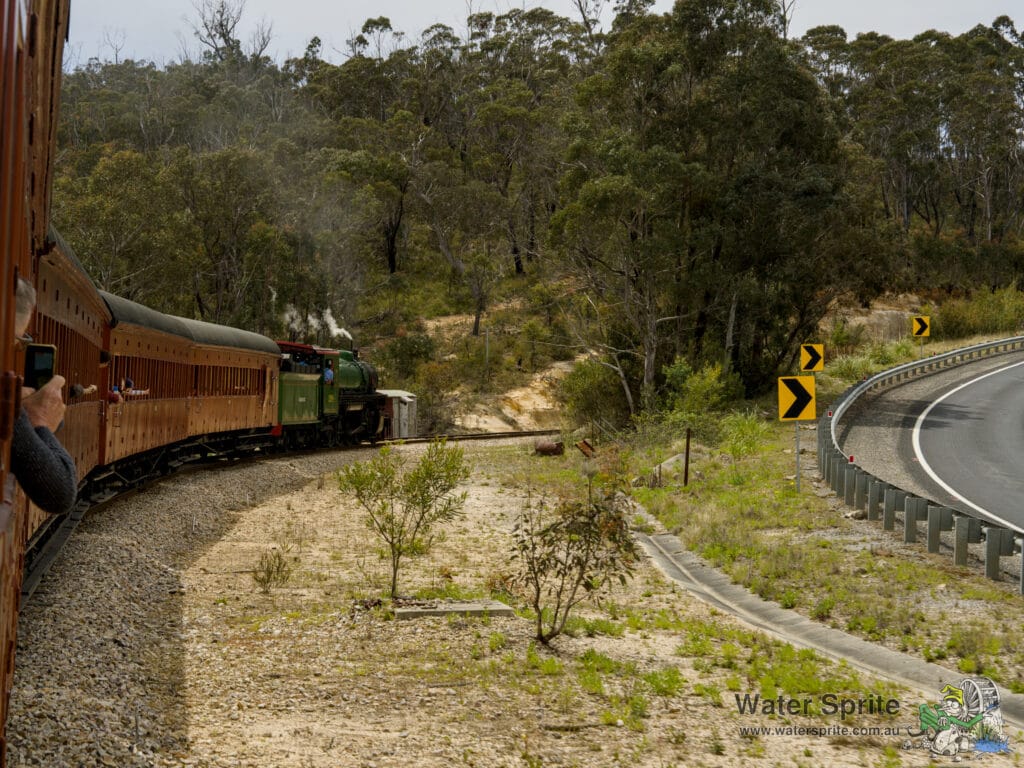
Sony A7Rv with Sony FE 24 – 70mm F2.8 GM II lens @ 70mm. 1/125s, f/14.0, 100 ISO.
Links
Disclaimer
We attended the establishments and locations mentioned in this post as full fee-paying guests. Our hosts were not advised that we are semi-professional photographers or bloggers before or during our visit. It is our understanding that the tours and information we received were as normally provided to any member of the public.
Zig Zag Railway does not permit commercial photography without prior consent. I did not seek consent and these photographs are not for sale or other commercial use. They are made available as a personal record of my experiences, for your information and enjoyment only.
The views expressed in this post are mine and mine alone, and any errors in it are also all mine. Any recommendations made in this post are unpaid and are based entirely on my experiences during my visit. Your experience may differ, and I cannot be responsible for that.
Leave a Reply